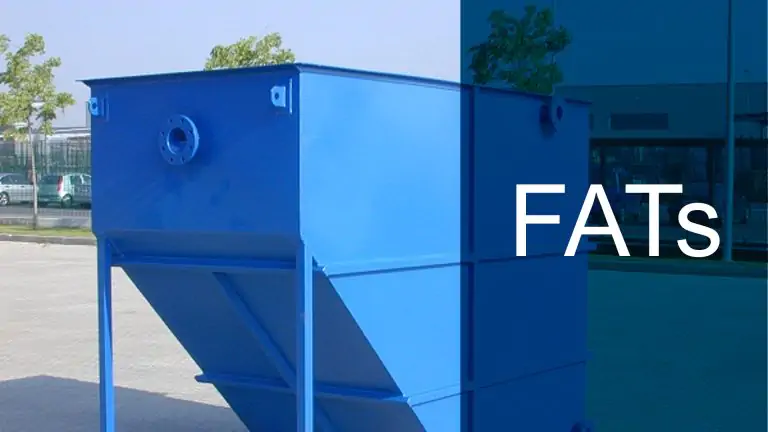
Oil and Grease Removal from Waste Water
Sedimentation, flotation and chemical treatments: some of the processes, also exploited by MITA technologies, for the removal of oils and greases.
Solutions for oil and grease removal
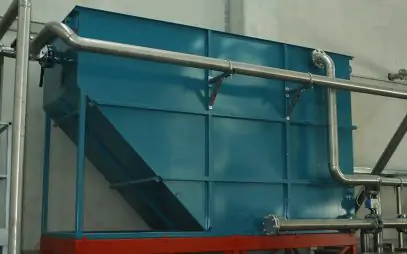
Oilpack Oil Separators Monoblock OM
These one-piece oil separators are designed to separate non-emulsified oils and consist of a containment tank, made of treated and painted carbon steel or AISI 304 stainless steel or stainless steel according to the customer's choice, and a 45° inclined parallel channel lamella pack made of UV-resistant polystyrene. Customizations with special materials are available upon request.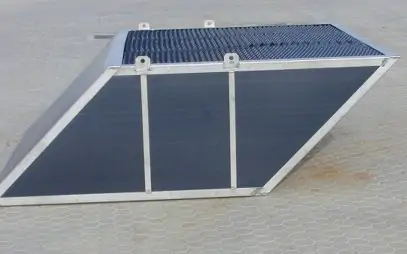
Oilpack Oil Separators with O-Frame
MITA Water Technologies offers an oil separation option with only lamella pack enclosed in a stainless steel frame. This system can be installed in existing tanks or in new specially made tanks, resulting in a complete oil separation system.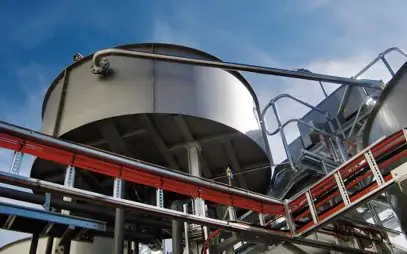
Mitadaf MD Dissolved Air Flotation Units
Mitadaf is the dissolved air flotation (DAF) system developed by MITA Water Technologies. Its outstanding efficiency in separating solids from liquid and thickening sludge comes from a unique approach that combines the use of microbubbles of air, produced by our Mitasat MS, with a uniform effluent hydrodynamic system.Removal of oil and grease: the need in water treatment
Industrial and civil wastewater can contain various pollutants: among them, oils and greases are particularly harmful when dispersed into the environment and critical within the treatment plant itself. Their origin can be threefold: animal, vegetable or mineral.
Both oils and fats are pollutants that contain fatty acids. In the case of oils, these are unsaturated fatty acids, that is, consisting of atoms linked by at least one chemical double bond. In contrast, in the case of fatty substances, we speak of saturated fatty acids, whose carbon atoms have single bonds between them.
Both domestic and industrial effluents can contain a large amount of these substances. As far as domestic effluents are concerned, they are normally products of animal and vegetable origin. In the second case, they may come from manufacturing processes, discharges from food plants, discharges from metal processing plants. It is evident how their removal is a must in both municipal and industrial wastewater treatment.

Oil and grease removal from wastewater: processes and technologies
Several processes are available for removing oils and greases from wastewater. Here are some examples.
- Gravity Separation. Oils and fats are separated from water by gravity, taking advantage of their different specific gravity relative to the liquid to be treated Lighter substances in water tend to accumulate on the surface, while heavier substances precipitate to the bottom of tanks.
- Flotation. Where the specific gravity of these components is lower than the liquid medium (especially oils), the reverse process to the previous one is applied: the substance to be separated is in fact floated to the surface, where it forms a foam that is removed. The special feature of flotation is that the separation process of oils and fats is accelerated by the formation of micro-bubbles of air, which, as they rise to the surface, drag the oil droplets and fat particles with them.
- Chemical treatment. Oils and fats are oxidized or reduced by chemicals.
MITA technologies for oil and grease removal
MITA Water Technologies’ solutions for oil and grease removal include some solutions that are particularly popular with customers.
- Lamella-pack oil separators. The lamellae in this solution increase the useful surface area for treatment. They combine high oil removal efficiency with their characteristic simplicity and compactness. If settleable suspended solids are also present in the effluent, they precipitate to the bottom of the tank.
- Dissolved air flotation units. A device that takes advantage of the lower specific gravity of some pollutant components, aided by the formation of micro-bubbles of air that drag the pollutants with them to the surface. Excellent solution for the removal of oils and greases, as well as light suspended solids (fibers, etc.).
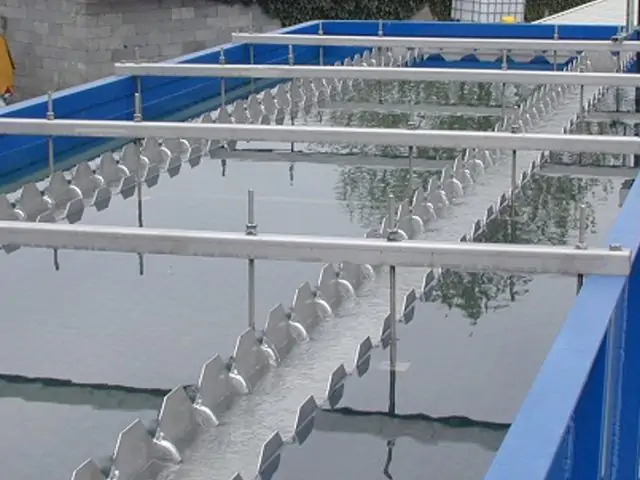
Lamella Clarifiers for an Industry in Tanzania
An industry that specializes in cleaning tanker trucks needs to treat the oils in the raw effluent: the three oil separators supplied by MITA Water Technologies provide effective oil removal, ensuring treated water that meets quality requirements. Also highly rated MITA's on-site support.
Read moreWhat is your process goal?
Tools to help you choose
Our support throughout the product life cycle
A sustainable and efficient solution for every industry and need
Resources
Needs of wastewater treatment
Discover the solution for all needsComparing different technologies
Find out all the different technologiesFind out more
All technical articlesOr You Can Choose
Our Newsletter
Sign up for the MITA Water Technologies newsletter: stay up-to-date on systems for municipal and industrial wastewater treatment and filtration.